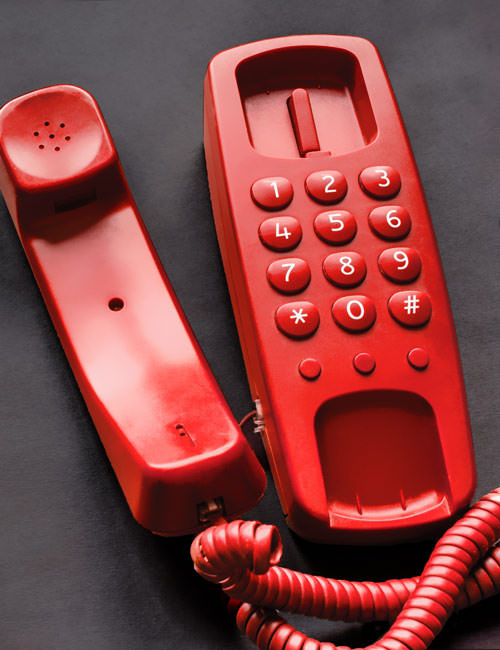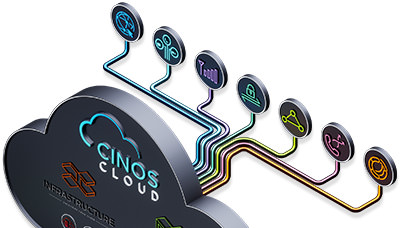
Critical Calling: What happens when something goes wrong?
April 16th, 2025
Throughout the working day, employees will rely on their phone multiple times, be that their mobile, desk phone or soft client. Telephony serves a wide range of purposes, from exchanging information quickly, receiving orders or checking stock in a commercial setting, to playing a critical role in saving lives within healthcare environments. It’s taken for granted that when you wish to use the phone, you either pick up the receiver or put on your headset, dial a number, and you are connected to the person you want without a second thought.

VoIP, Cloud, and UCaaS Telephony
The move to Voice over IP (VoIP) systems, and more recently the push for cloud communication platforms has brought a whole host of benefits to businesses. These range from the flexibility to make and receive calls from anywhere in the world, to a streamlined platform for easily onboarding new users. Additionally, Unified Communications as a Service (UCaaS) platforms ease the burden on IT teams by eliminating the need to manage complex on-premise communication infrastructure. This is a great transformation for many reasons, but what happens when something goes wrong?
Meeting the challenge of high availability
These platforms are designed with built-in resilience, leveraging multiple datacentre locations across the country and diverse connectivity links to ensure reliability. But what if a local network outage prevents a security guard from being able to call the police? What happens if a site experiences a power cut, leaving a nurse unable to call the resuscitation team for a patient in cardiac arrest? These are scenarios that are often overlooked with the excitement and pressures of moving services into the cloud. But for some sectors telephony is not just a convenience, it is a critical service that must remain operational at all times.

Robust healthcare communications for continuity and disaster recovery
Cinos have a wealth of experience deploying Cisco Unified Communications platforms across a range of sectors, but our specialisation within healthcare ensures we always encompass disaster recovery services and business continuity plans into our solutions. This can be as simple as a local survivable gateway being deployed on site to maintain telephony services in the event of a cloud disconnection, or full Red Phone deployments for our NHS customers to ensure that the life-saving call can be made when a patient is in cardiac arrest, regardless of the current state of the network, external connectivity or power within the site.


Supplying effective failover solutions for Red Phone operations
Keeping a Red Phone in a cupboard because it can only be used in a time of crisis is a recipe for disaster. It is likely to be forgotten, unplugged and removed, damaged, or simply out of reach when it is needed most. Network or powers outages are rarely planned, leaving no time for users to locate, test of familiarise themselves with the device. These events usually happen with no notice, with no chance to communicate instructions—making immediate Red Phone accessibility essential for emergency response.
Red Phone systems need to be an intrinsic part of the telephony platform, allowing them to be used during day to day operations, and the failover needs to be instant and seamless to ensure when that handset is picked up, the dial tone is there, and number can be dialled – no matter what is happening elsewhere on site.

Contact Cinos for your mission critical communications requirements
With Cinos, these solutions can be added to an existing Unified Communications deployment, part of a Cinos Cloud private cloud or hybrid communications solution, or within a Cisco Webex Cloud environment.
If you’ve moved to a cloud platform and have concerns about disaster recovery, or if you’re planning a telephony migration, contact Cinos to ensure your critical phones remain accessible in any emergency.





